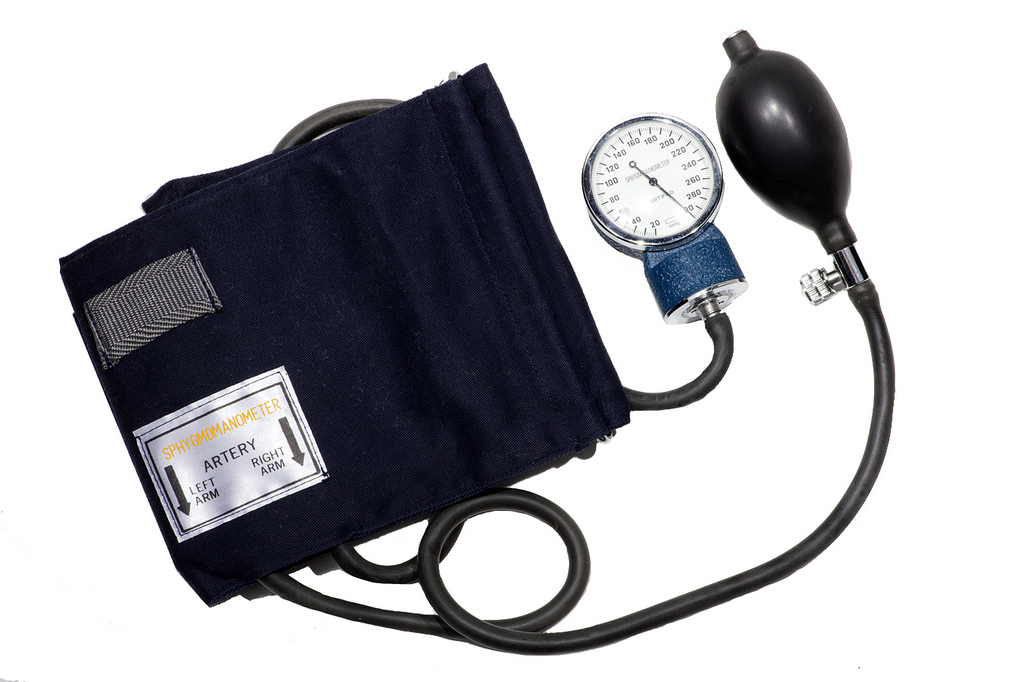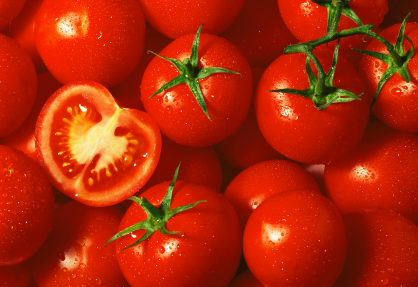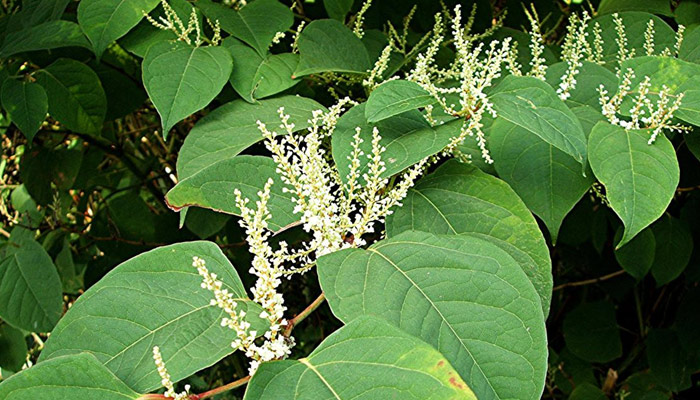
by Gill | Dec 8, 2015 | Heart Disease
Introduction: A simple dietary supplement has once again been shown to produce valuable health benefits. Specifically, a new study published in the British Journal of Nutrition has validated the effects of a previous study showing grape seed extract can effectively...

by Gill | Dec 1, 2015 | Mens Health
Introduction: Lycopene is a red pigment of the carotene class of compounds that is found in tomatoes and other red fruits and vegetables. It has received a lot of attention because it is extremely protective against heart disease and the major cancers (i.e., breast,...

by Gill | Nov 17, 2015 | Weight Loss
Introduction: The research is quite clear that safe and effective weight loss is not about will power, deprivation, or counting calories. Ultimately, weight loss success is most often attributed to strategies and tools that impact appetite and portion control. In...

by Gill | Nov 10, 2015 | Digestion, Natural Facts
Introduction: Resveratrol is a plant compound similar to flavonoids. It is found in the low levels of the skin of red grapes, red wine, cocoa powder, baking chocolate, dark chocolate, peanuts and mulberry skin. Red wine is perhaps the most recognized source of...

by Gill | Nov 3, 2015 | Natural Facts
Introduction: When most people think of the benefits of having a dog, cat, or other furry animal they would likely associate feelings of the unconditional love these animals extend to their owners. Pets are often able to boost our mood and fight off feelings of...








